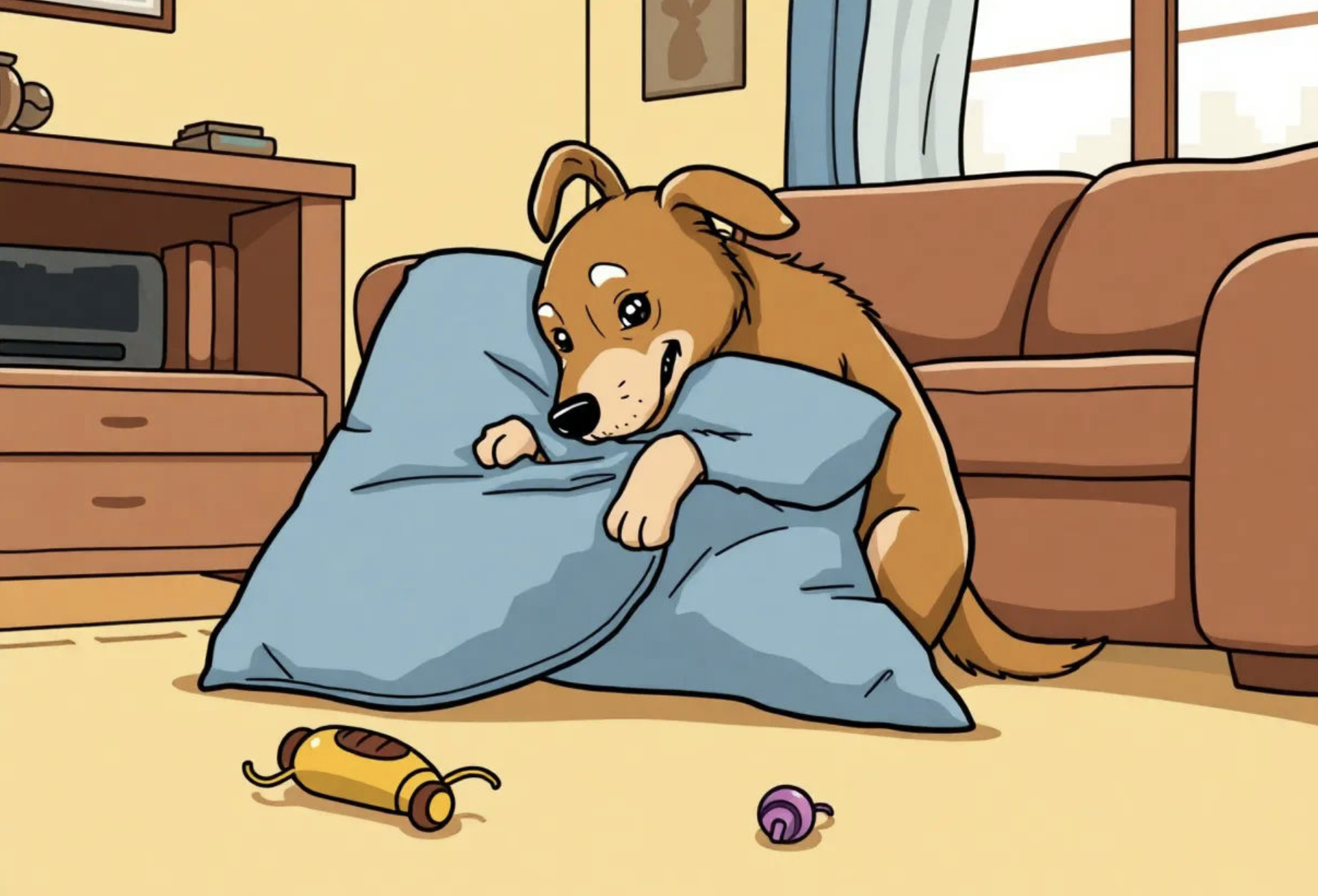Why Do Dogs Hump? Exploring the Surprising Reasons Behind this Common Behavior

If you’ve ever been surprised or embarrassed to witness your dog humping a pillow, toy, or even someone’s leg, you’re not alone. This behavior, often misunderstood, can stem from various motivations beyond just natural urges. Let’s explore the different reasons why dogs engage in humping, clearing up common misconceptions and offering insights into their behavior.
Humping Is Not Always About Reproduction
Many people assume that humping is an expression of sexual excitement. While intact dogs may display this behavior as part of mating instincts, neutered dogs, including females, can also hump. This shows that humping is more complex and not always related to reproduction. Dogs use this behavior to express a range of emotions, which requires a deeper understanding of their motivations.
Playfulness and Overexcitement
Sometimes humping occurs during playful interactions, especially with younger or more energetic dogs. If a dog becomes overly excited during playtime—like during fetch or roughhousing—they might start humping as a way to release excess energy. This type of humping is usually an expression of joy rather than a behavior tied to other urges.
A Display of Dominance
In some cases, humping can indicate dominance. Dogs interact within social structures and use different behaviors to assert themselves. In this context, humping may be a way for a dog to establish control over another dog or an object. However, some experts argue that such dominance displays are less common than previously thought, and humping serves multiple purposes.
Relieving Stress or Anxiety
Dogs can experience stress or anxiety, and humping may act as a coping mechanism. This is especially common in new or overwhelming situations—if a dog feels anxious, it might engage in humping as a way to calm down. Owners should pay attention to the context, as frequent humping during stressful events might indicate a need for additional training or support.
Seeking Attention
Dogs quickly learn which behaviors get a reaction from their owners. If a dog realizes that humping gets attention—whether through laughter, embarrassment, or even a reprimand—they may continue the behavior. This attention-seeking can become a habit, reinforcing the humping.
Health Issues and Discomfort
In some cases, humping might point to a health concern. Conditions like urinary discomfort or skin irritations can lead to feelings of discomfort, causing dogs to hump in response. If excessive humping occurs or if the dog seems distressed, a visit to the vet is recommended to rule out any health-related issues.
Combatting Boredom and Lack of Stimulation
Like humans, dogs can experience boredom. A lack of physical and mental stimulation can lead to unusual behaviors, including humping. Engaging dogs with more activities, exercise, and interactive toys can help reduce boredom and direct their energy toward healthier outlets.
Social Interaction and Communication
Humping can also be part of social interactions among dogs, especially in places like dog parks. This behavior can occur without any other intentions and may be part of their socialization, reflecting excitement or communication.
Habitual Behavior
Sometimes humping becomes a learned habit. If a dog finds that humping results in a reaction from people or other animals, they may continue the behavior even when not prompted. Addressing this through positive reinforcement training can help redirect their focus toward more appropriate actions.
Conclusion: Embracing the Quirks of Canine Behavior
The next time your dog engages in humping, remember it’s not as shocking as it may seem. From excitement and playfulness to stress relief and learned behaviors, dogs have a range of reasons for this behavior that aren’t always related to their instincts. Understanding these motivations helps owners manage and redirect their dogs’ behavior with patience and humor.
By focusing on mental and physical stimulation, using training methods, and seeking advice when needed, you can help foster healthier behaviors in your furry companion. In the canine world, sometimes a hump is just that—a unique expression of their personality!





